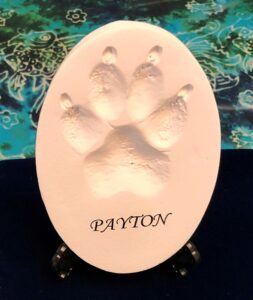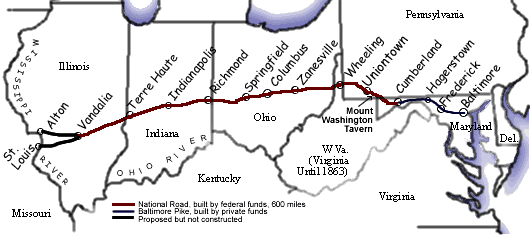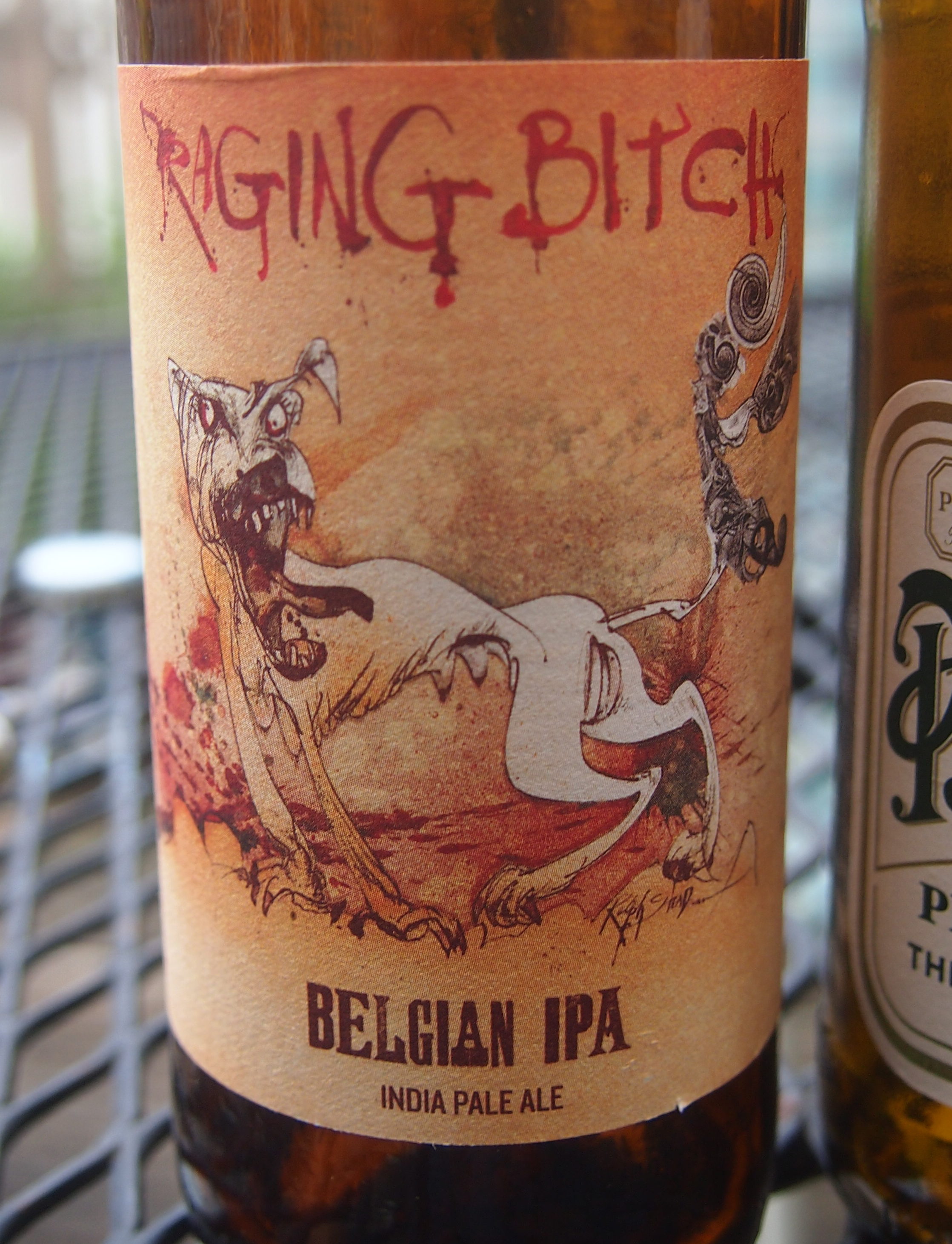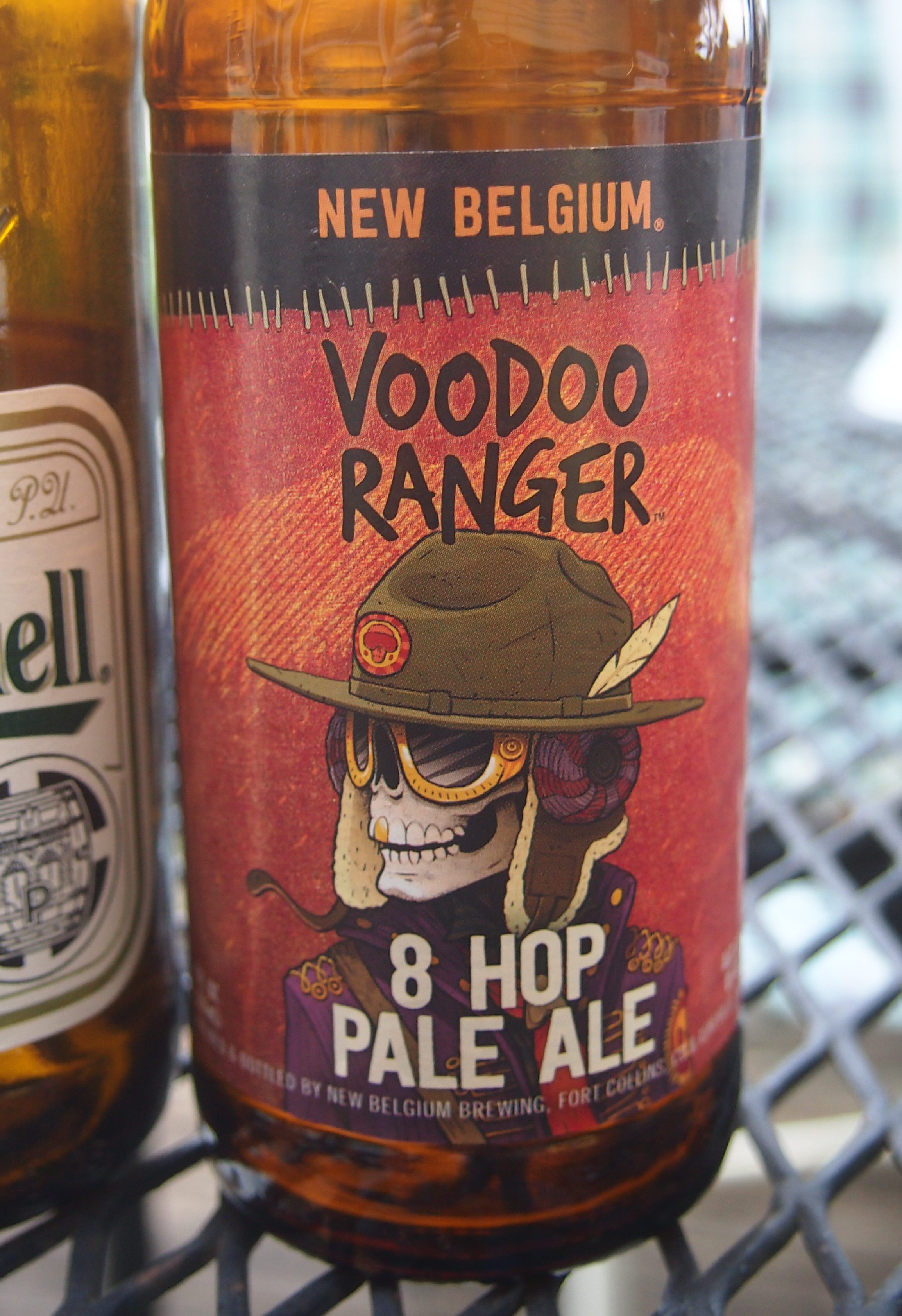Maundy Thursday has come around again, which seems like a good time to knock off posting until Easter Monday, which also happens this year to be April Fools’, known for its pranks and hoaxes. But really, isn’t every day a day for hoaxes in our time?
Or at least absurd assertions. From Wired yesterday: “A non-exhaustive list of things that are getting blamed for the bridge collapse on Telegram and X include President Biden, Hamas, ISIS, P. Diddy, Nickelodeon, India, former president Barack Obama, Islam, aliens, Sri Lanka, the World Economic Forum, the United Nations, Wokeness, Ukraine, foreign aid, the CIA, Jewish people, Israel, Russia, China, Iran, Covid vaccines, DEI, immigrants, Black people, and lockdowns.”
A pleasant Easter to all. Easter is the last day of March this year. Twenty-seven years ago, it was March 30, which put Maundy Thursday on March 27, 1997, which is a date with some resonance for us: we found out we were going to be parents.
Both daughters were in town at the same time for a few days earlier this month. It was unfortunately the same week that Payton died, though the visits were scheduled well before that happened.
Still, we could all enjoy dinner together two evenings (at home, and out the next day at a familiar Korean barbecue joint) and share our recollections of the dog, among other things.
 We received the dog’s ashes this week, along with a paw print. I didn’t know memorial paw prints were a thing, but it seems they are.
We received the dog’s ashes this week, along with a paw print. I didn’t know memorial paw prints were a thing, but it seems they are.
Truth was, she could be prickly. But once you knew that, you could have fun with it. One way to get a rise was to slowly approach her food. In this video, about a month before her death, I told her, “I’m coming for your food,” but naturally no language other than body language was necessary.
She was already having trouble walking then – the hind legs were the first to fail her – and spent much of her time in our living room, among towels to catch her pee when she couldn’t quite get up to go to the door, and didn’t bother to tell us that by yapping, in which case we could help her go outside. Often enough, of course, she’d miss the towels. We didn’t care much. It was still good to have her around at all.















